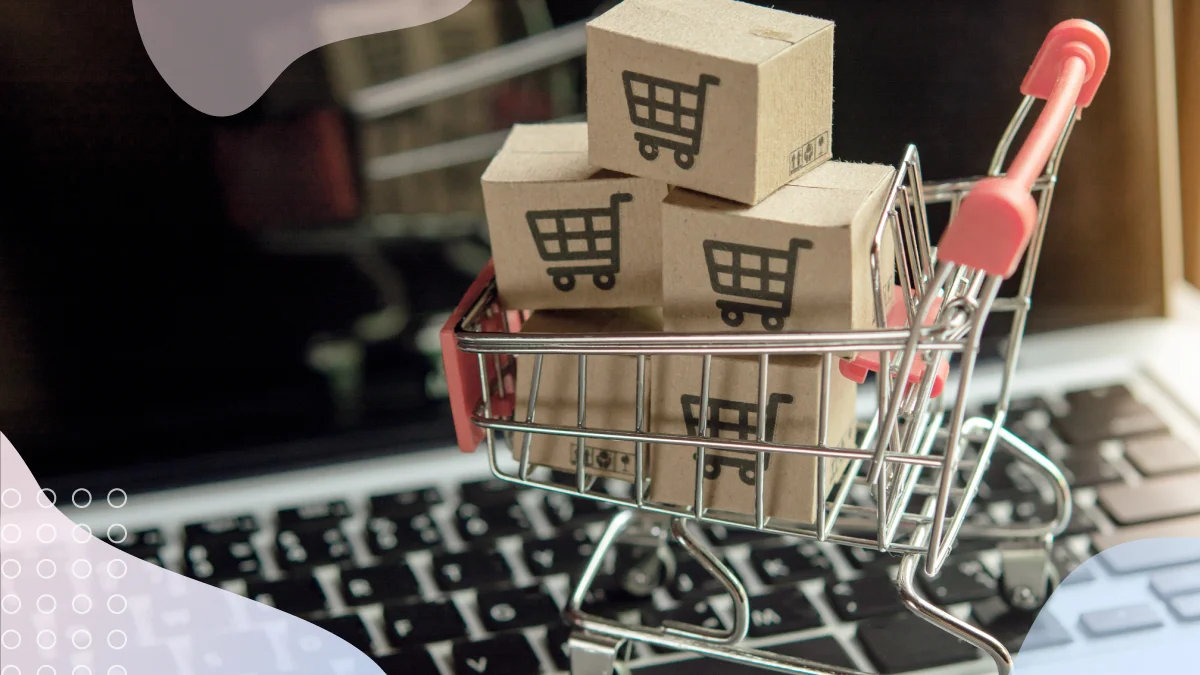Publish Date
2023-11-21
Introduction
Businesses strive to optimize operations by seamlessly integrating customer relationship management (CRM) tools with their online stores. High Level CRM and Shopify, two powerful platforms in their respective domains, can be harnessed to create a cohesive and efficient business environment. In this step-by-step guide, we will walk you through connecting High Level to Shopify API, unlocking a world of possibilities for streamlined operations and enhanced customer interactions.
Integrating High Level CRM with Shopify API emerges as a strategic move. High Level CRM, known for its robust features in managing customer interactions, can be seamlessly connected with Shopify, a leading e-commerce platform. The synergy of these platforms promises a comprehensive solution for businesses aiming to enhance customer engagement and operational efficiency.
Understanding High Level and Shopify
Overview of High Level CRM
High Level CRM is a comprehensive customer relationship management tool to streamline client interactions. From lead management to communication tracking, it offers features crucial for businesses looking to strengthen their customer relationships.
Introduction to Shopify
Shopify is a dominant force in the e-commerce realm, providing a user-friendly platform for online store management. With features like inventory management, order processing, and customizable storefronts, Shopify empowers businesses to establish and grow their online presence.
Prerequisites
High Level CRM account setup
Before diving into the integration process, ensure you have a High Level CRM account. If not, register and navigate the setup process, configuring basic settings such as business details and user access.
Shopify API access
To connect High Level to Shopify, you need API credentials. Create a Shopify account and access the developer dashboard to generate API keys and other necessary credentials.
Connecting High Level to Shopify API
Obtaining Shopify API credentials
Generate API key, secret, and other required credentials in the Shopify developer dashboard. These will serve as the bridge between High Level and Shopify, enabling secure and authorized data transfer.
Configuring High Level CRM for Shopify integration
Navigate to High Level settings and input the Shopify API credentials. This establishes the initial connection between the CRM and the e-commerce platform, paving the way for data synchronization.
Authentication and Authorization
Understanding OAuth for Shopify API
OAuth 2.0 is the authentication protocol used by Shopify. Understand how OAuth works and configure the settings within High Level CRM to facilitate secure communication.
Authorizing High Level to access Shopify data
Initiate the OAuth handshake process, wherein High Level requests and receives access tokens from Shopify. These tokens are the permissions granted to High Level to access and modify data within the Shopify environment.
Data Synchronization
Mapping data between High Level and Shopify
Identify critical data points crucial for your business processes. Set up mapping rules to ensure seamless customer and transactional data synchronization between High Level CRM and Shopify.
Initiating data synchronization
Configure the frequency of data synchronization to meet your business needs. Test the High Level and Shopify data transfer to ensure accuracy and completeness.
Handling Events and Triggers
Setting up event triggers in High Level
Define trigger conditions based on specific events or actions you want to track. Configure High Level CRM to respond to these triggers with predefined actions, such as sending notifications or updating customer records.
Responding to Shopify events
Configure webhooks in Shopify to notify High Level CRM of relevant events. Develop processes within High Level to respond to these events, ensuring real-time updates and actions triggered by changes in the Shopify environment.
Testing and Troubleshooting
Testing the integration
Perform sample transactions in both High Level and Shopify to validate the integration. Check for data consistency and ensure that information flows seamlessly between the two platforms.
Troubleshooting standard integration issues
Identify and understand common integration issues like error messages or data discrepancies. Implement debugging techniques to resolve issues promptly and maintain a smooth connection.
Best Practices and Optimization
Security considerations
Prioritize the security of your API credentials. Implement measures to protect sensitive information and ensure secure data transfer between High Level CRM and Shopify.
Performance optimization
Configure batch processing to optimize performance and reduce the load on both High Level and Shopify systems. Regularly monitor resource usage to identify and address potential bottlenecks.
Final Say
Connecting High Level CRM to Shopify API opens a gateway to enhanced customer relationship management and streamlined e-commerce operations. By following this step-by-step guide, businesses can unlock the full potential of these platforms, ensuring a seamless integration that fosters efficiency and customer satisfaction. As the digital landscape evolves, leveraging the power of High Level and Shopify in unison positions businesses for sustained growth and success.



